If you’re like me, a little stupid and love quaint little villages, gregarious denizens, lack of pollution (you could add population if you like), noise, water problems, Agumbe is for you.
If you’re like me a little weird and love incessant rains, plethora of glistening little shrubs as well as tall trees in all shades of greens, yellows and browns, orchestra by Cicadas all day, all night, Leeches (of course not on me but in the forest, for Leeches are indicators of pristine forests), alluring King Cobras, reticent Pit Vipers, ubiquitous Frogs, Agumbe is most definitely for you.
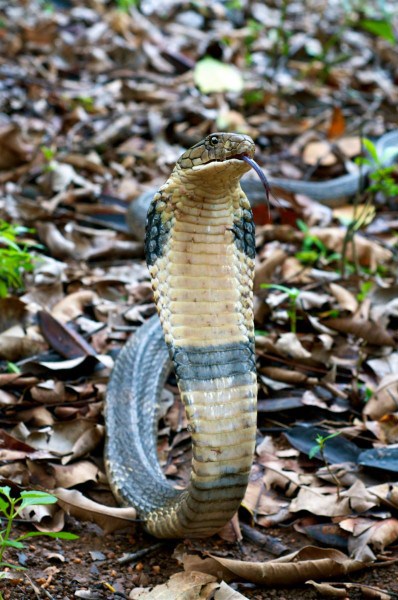
Agumbe is 370km from Bangalore. It is a part of Shimoga district in Malnad region. Not for nothing Agumbe forest made it to the list of World Heritage sites. It receives 2nd highest rainfall in India, thus, earned the name Cherrapunjee of South India.
When my friend and I set off on this expedition, all I had in mind was rains, snakes-you read it right, snakes not snacks- and some good sleep. The life is so beautiful- hormones kicked in the moment I stepped out of the wobbly, blaring bus. Agumbe has a mysteriously exotic air to it. It was as if someone waved a magic wand over me and transported me to a fairyland. And there were absolutely no witches whatsoever.
We stayed at a friend’s environmental education camp site called Kālinga Centre for Rainforest Ecology. It is a perfect place to meditate, read, stretch awkwardly in the name of yoga and contemplate about life without rains, trees and boyfriends. It is a perfect anytime getaway for wildlife enthusiasts.
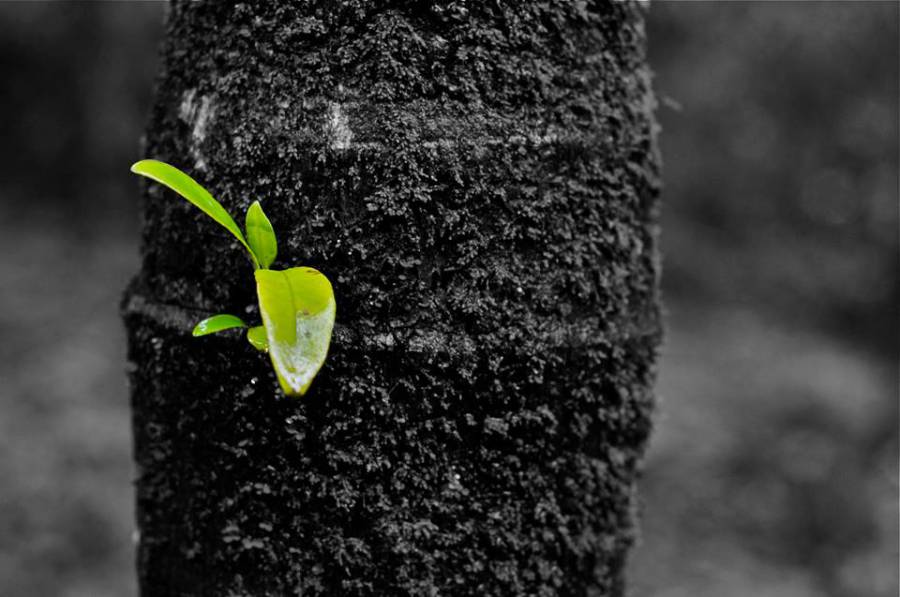
Now picture yourself spending time right in the middle of one of the wettest places in the world. While rustling streams, murmuring breeze, pitter patter of raindrops, gallons of oxygen, fragrance of earth, forest as far as your eyes can see and beyond takes over your entire existence. If you’re like my mother and this scene spooks you add a good friend or two and some good hot food to your imagination. It was truly a soul-stirring and detoxifying experience.
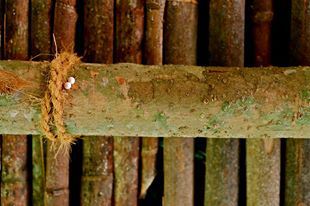
If you want to just flop at one place and enjoy the nature all you have to do here is slightly tilt your head: you’ll find stick insects calculating its moves over a prey in one direction, not so far from it is, potter wasp ‘s abandoned nest inviting you to peek into its dark tunnel and in another direction is eggs of day Gecko clinging to the roof for their lives. Back at home with great difficulty I’ll find eggs in the refrigerator much less eggs of Gecko on the roof. In simple mathematical terms Agumbe is equal to blessedness.
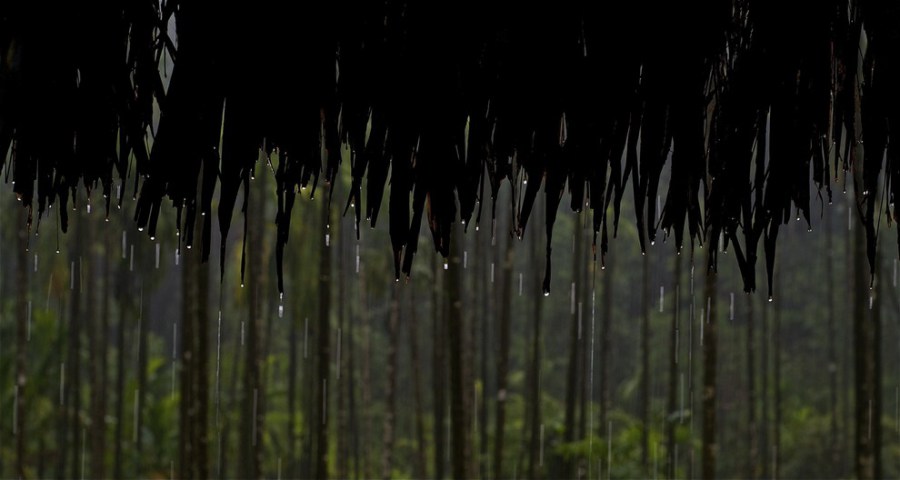
Sunset point in Agumbe Ghats is as famous as Niagara falls in the US. It’s a shame, like any other touristy spots in India it is untidy with a lot of plastic packets and bottles strewn all over the place. One can witness Bonnet Macaques very close to people eating from plastics packets and sometimes packets itself. If I were the Sun I would either never set on Agumbe or at least choose another point, inaccessible to people, to set in peace and quiet, and avoid this mess.
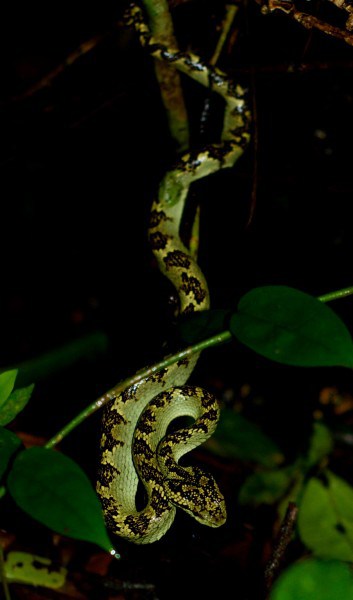
That said, Agumbe Ghats is also home for gorgeous Lion tailed Macaques (endemic to Western Ghats) and the mighty and revered King Cobras. Here we had an opportunity to be a part of rescue and release of a sick King Cobra in a close by village called Someshwara. When you look into the eyes of a King Cobra you will realize why he deserves the respect he gets. What a majestic animal, what a beauty. To me this clearly tops the list of most beautiful creatures ever to exist on this planet. The drive through the Ghats lifts even the most darkest and apathetic of moods.

Agumbe village is cozy and comforting and has its own charm just like the song from the television version of Malgudi days. Kasturi akka is a very famous, courteous and important personality in the village. Malgudi days was shot in her house. And the Kashaya (tea made of dozens of herbs) she offers with or without milk is perhaps cousin of elixir of life.
In my humble-not so significant-opinion Western Ghats especially Agumbe is God’s best creation, not to mention after women and King Cobra of course.
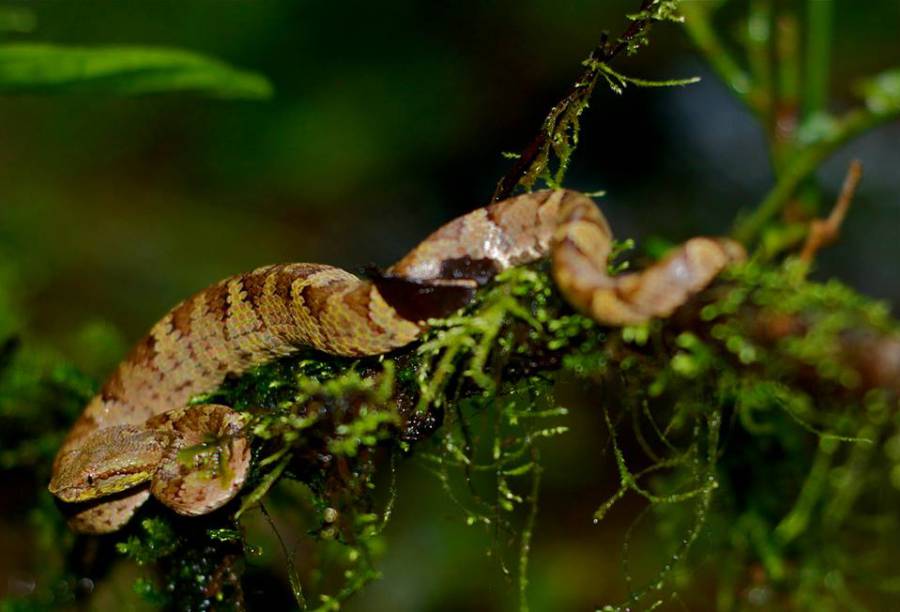
Remember:
Best time to visit Agumbe is between November and March – and for snakes and amphibians between June and September.
If you are travelling during monsoon: carry rain gear, gum boots or water-resistant shoes, leech socks and extra set of everything. Carry books in ziplocks. Wear lightweight fabric clothing as clothes get damp and don’t dry at all.
Places to stay:
Kālinga Centre for Rainforest Ecology: for information and to check availability contact the Director [email protected]
Kasturi akka’s Dodda mane a homestay walkable distance from Agumbe bus stop Mallya Residency Hingaara Homestay
Note:
Avoid carrying and discarding any form of plastic in the village/forest/ghats. Carry plastic covers only to bring your damp clothes and shoes back.